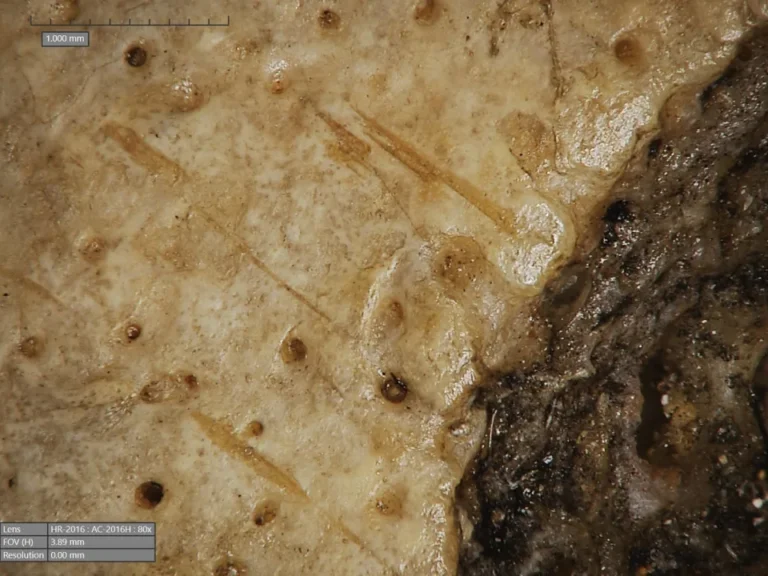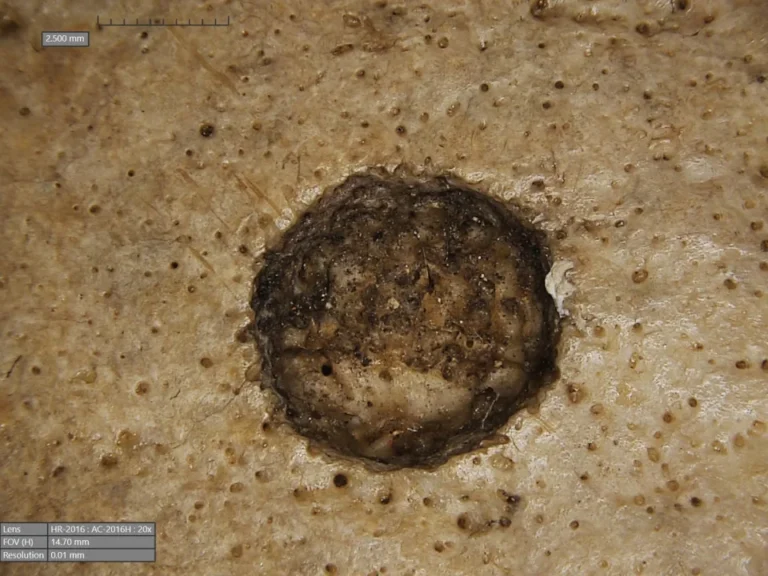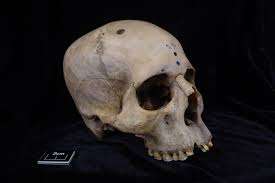According to a recent study published in the Frontiers in Medicine journal, a pair of ancient Egyptian skulls, dating back thousands of years, belonged to some of the earliest known cancer patients in history. The skulls exhibited cut marks around cancerous growths, suggesting that ancient Egyptians had explored surgical treatments for cancer. This discovery sheds light on the medical expertise of the ancient Egyptians, who were known for their ability to treat various illnesses and injuries, such as crafting prosthetic limbs and inserting false teeth. The study describes this insight into cancer treatment as a significant milestone in the history of medicine. Tatiana Tondini, one of the study’s authors, stated that while the ancient Egyptians were skilled in dealing with complex cranial fractures, cancer remained a medical challenge for them.

A recent study conducted by professor Edgard Camarós and his team at the University of Santiago de Compostela in Spain has revealed unique evidence of ancient Egyptian medicine’s approach to dealing with or exploring cancer over 4,000 years ago. The study involved examining two skulls from the University of Cambridge’s Duckworth Collection using micro-CT scanning and microscopic bone surface analysis. The researchers aimed to understand the prevalence of cancer in ancient societies and how they interacted with this disease. One of the skulls belonged to a male and dated back to 2,687-2,345 B.C., while the other belonged to a female and dated back to 663-343 B.C.
An astonishing discovery was made by researchers when they closely examined a male skull. They found a large lesion surrounded by about 30 small metastasized lesions. To their surprise, they also discovered cut marks around the lesions.

“Our initial reaction upon seeing the cut marks through the microscope was disbelief,” commented Tondini, one of the researchers.
According to Professor Albert Isidro, a surgical oncologist at the University Hospital Sagrat Cor in Barcelona, Spain, it appears that the ancient Egyptians may have performed some sort of surgical intervention to address the presence of cancerous cells.
In addition, the female skull studied also displayed a large lesion indicative of a cancerous tumor that caused bone destruction, suggesting that the person may have been older. The study also noted the presence of two healed lesions resulting from traumatic injuries.
